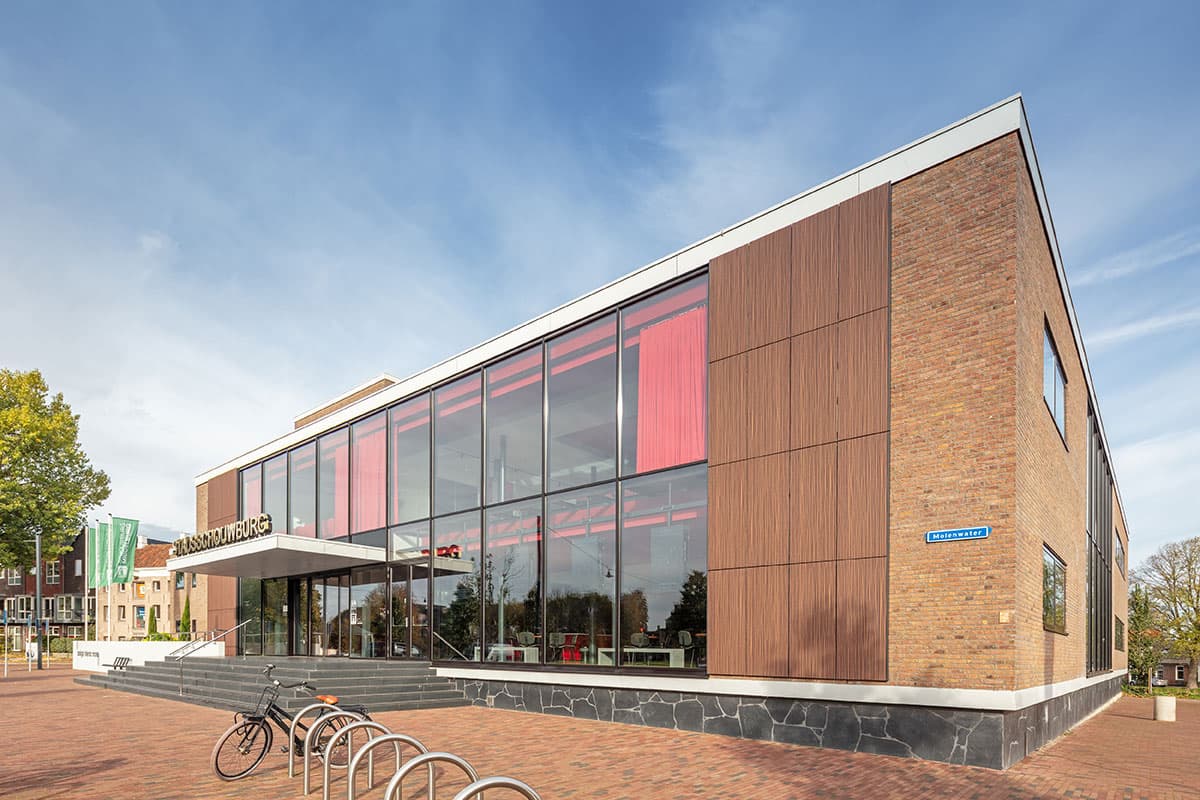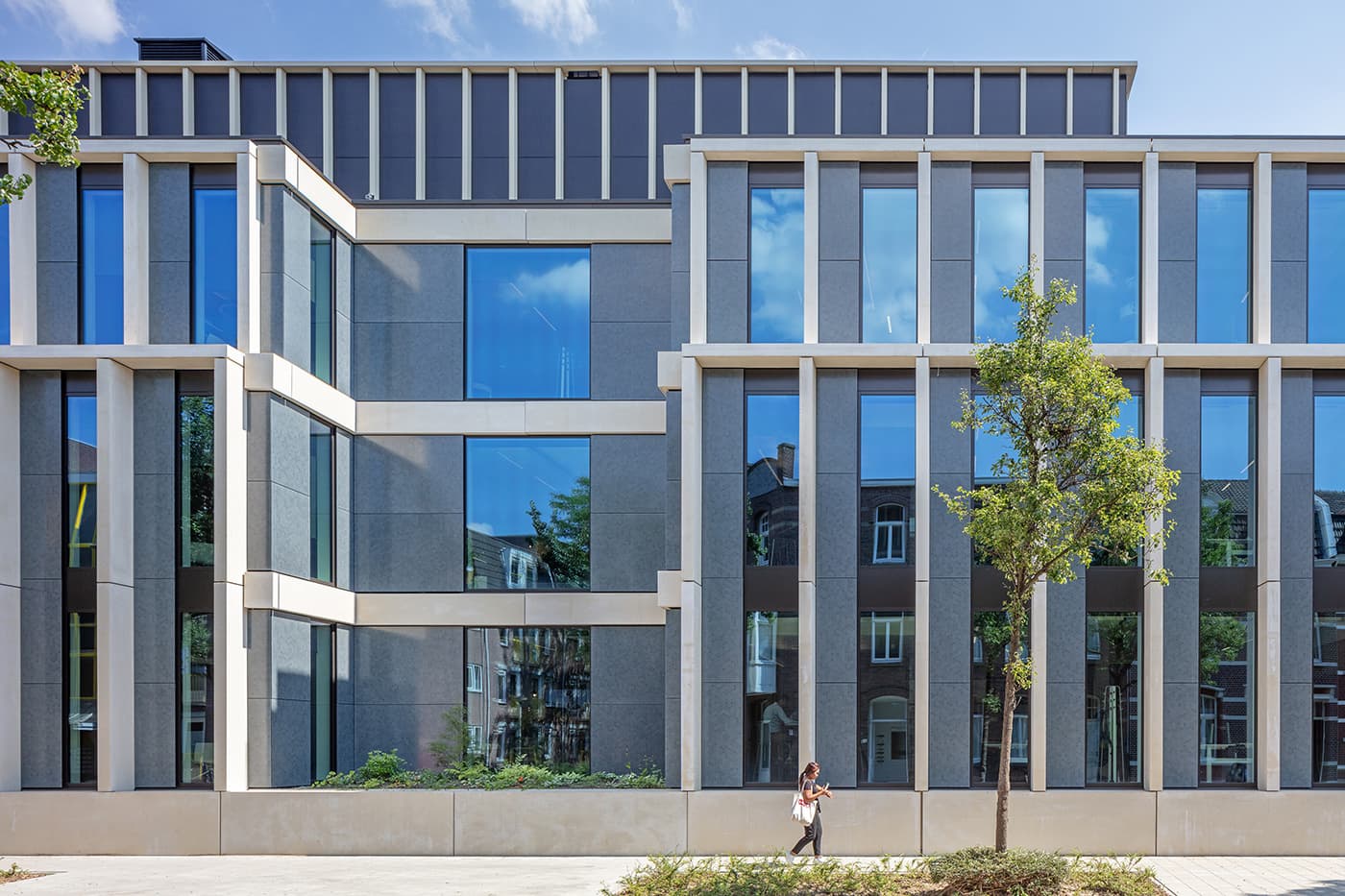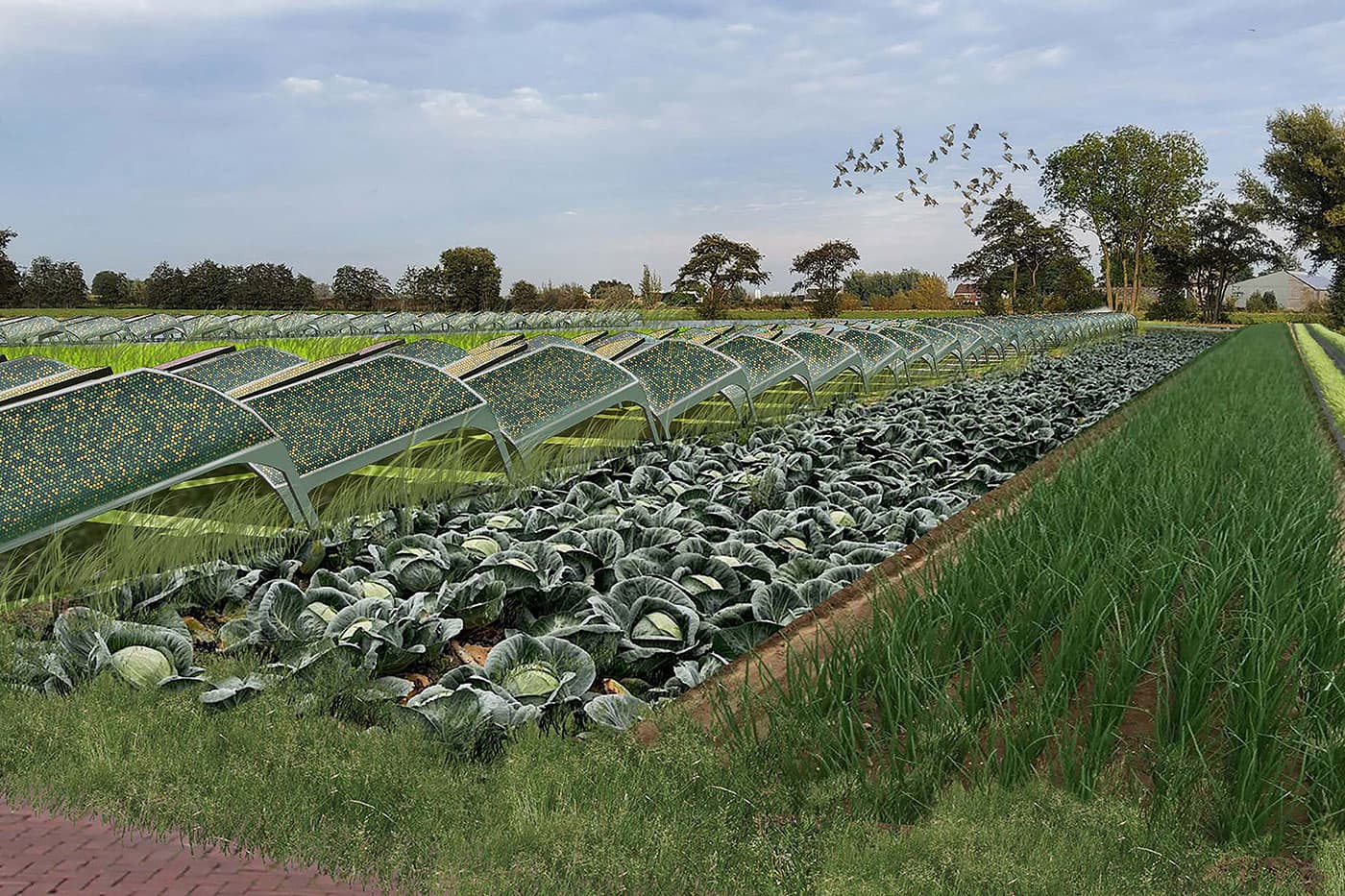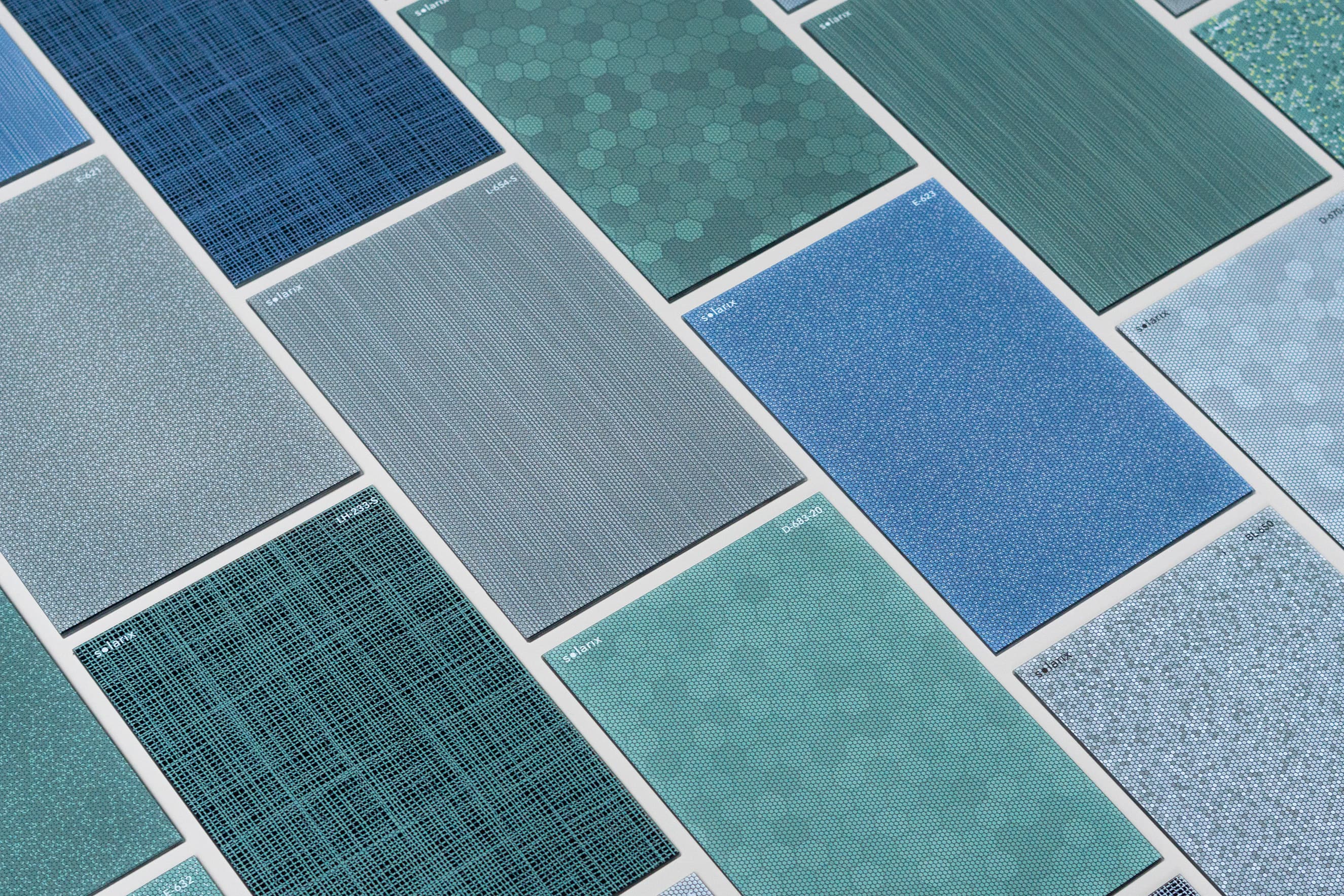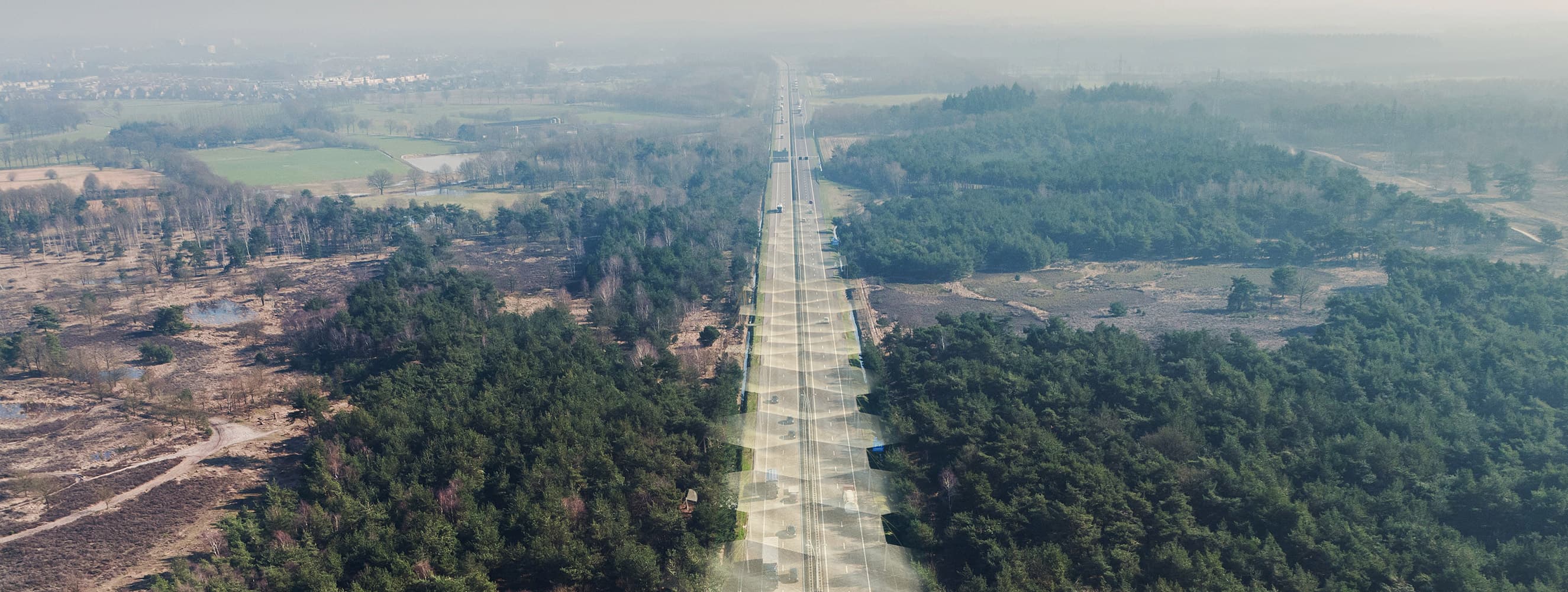
The Butterflyeffect
The project
In the context of the Design Challenge 'Our Energy Our Landscape', Solarix, together with VenhoevenCS and DS Landscape Architects, developed a surprising proposal: 'The Butterfly Effect', which focuses on generating clean energy in an inventive and beautiful way. In addition, it is combined with restoring connections in nature and limiting noise pollution.
'A highway forms an enormous barrier in insect biotopes, the insects cannot survive the eddies. For example, butterflies and other small creatures only dare to cross the highway when there is a traffic jam.'
The Design Challenge is organized by Kunstloc Brabant, Staatsbosbeheer and Het Groene Woud and responds to the fact that sustainability is playing an increasingly important role in our Western society. Solarix therefore designed 'The Butterfly Effect' together with the multidisciplinary team of VenHoevenCS and DS Landscape architects.
The design is in fact an ultra-light web over the highway, but is not only designed for the assignment location on the A67 near the Strabrechtse heath; it can also be applied to infrastructure worldwide. The design strengthens local ecosystems on a small scale and also has an impact on a large-scale approach to climate change and biodiversity loss. In fact, this principle can be applied to any road network.
The ‘little animals’ as a starting point
Together with VenhoevenCS and DS Landschapsarchitecten, we have used our joint expertise, drive and creativity to create a sustainable and achievable sustainable future. It is very important to tackle climate change and biodiversity loss to include nature inclusivity, because 'every little thing counts'.
Small creatures like insects are essential in nature. Did you know that 85% of our food depends on their pollination? A span over the highway at the height of the treetops contributes to a safe crossing for these small creatures. In this way, we restore important connections in nature in our design.

'Two birds with one stone'
What makes our hearts beat even faster is the fact that the span over the road is an enormous surface from which clean energy can be generated, exactly in line with Solarix's sustainability vision. The lightweight honeycomb web can be filled with materials that generate solar energy. It is also designed to be modular, so it can grow and evolve with technical innovations. By making double use of the space above the road, less landscape is lost.
No solar panel fields that cause biodiversity loss, but a 'web over the road' that contributes to natural connections and the generation of clean energy.
“By participating in this design challenge and the creative collaboration, the importance of preserving biodiversity has become clearer to me. Where we as a company were mainly concerned with sustainability, aesthetics and circularity, biodiversity has now been added.”
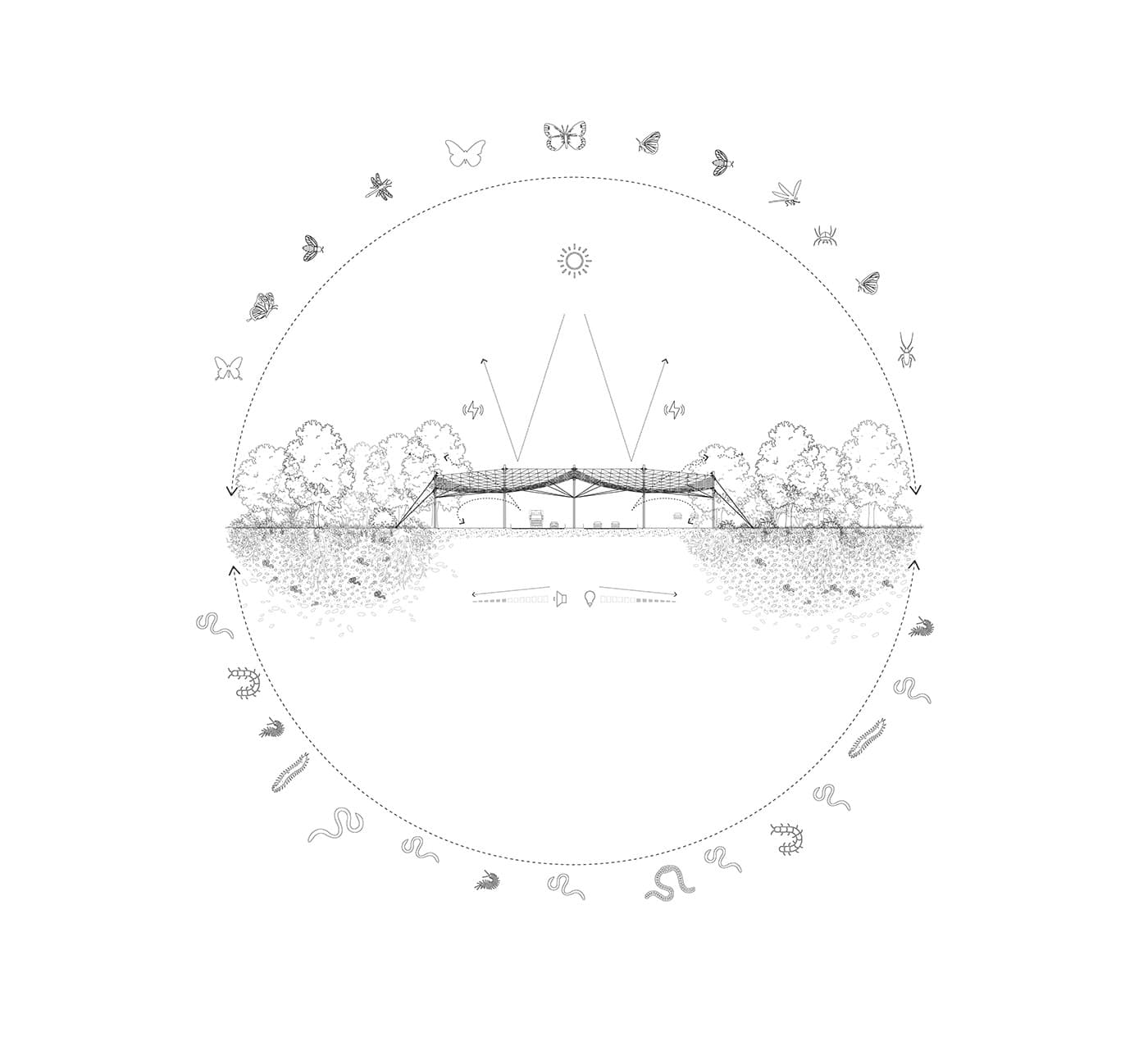
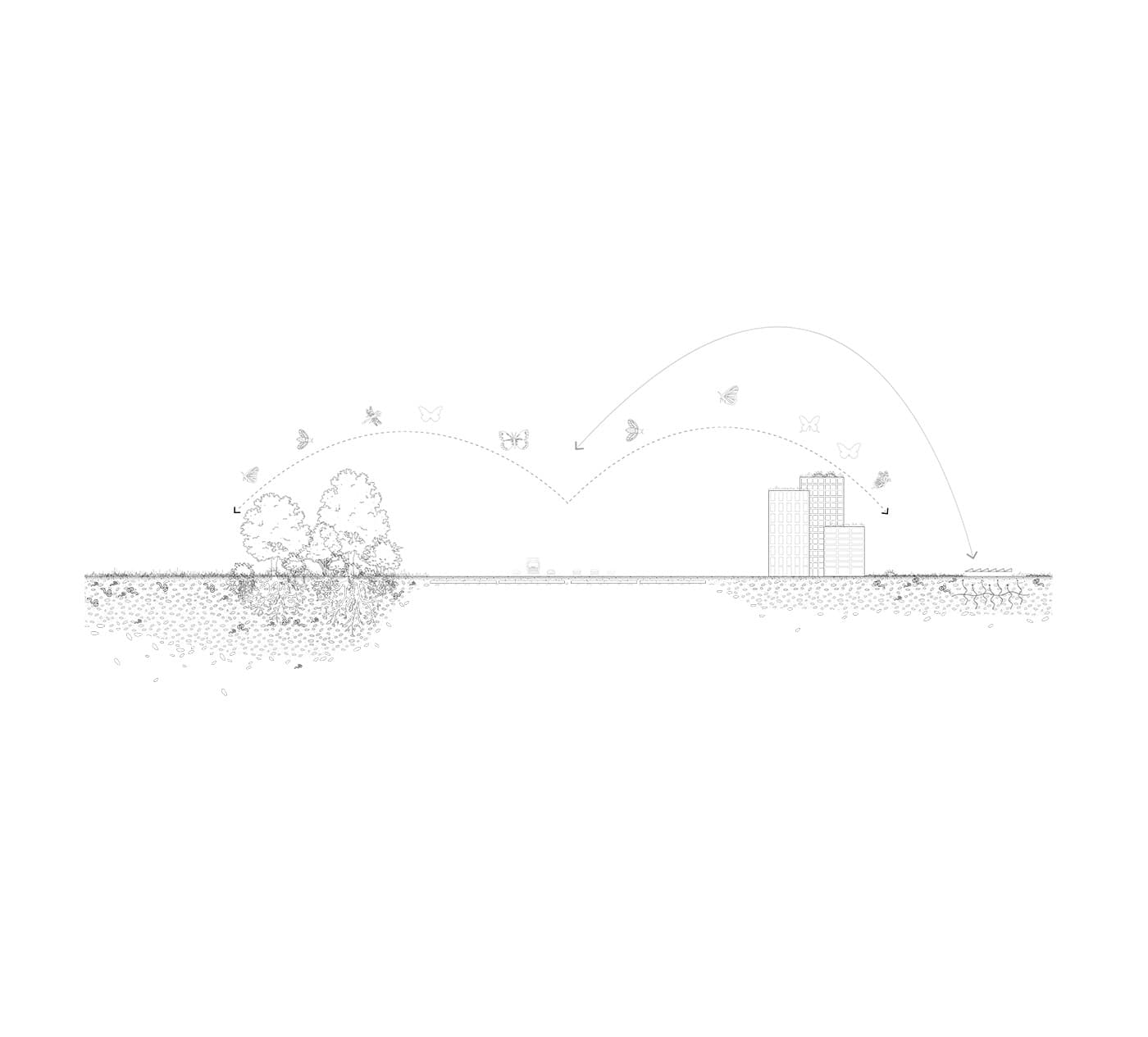
Natural Sound Barrier
To ensure that the natural connection remains central to the design, simple but effective sound insulation has also been chosen. The designed span not only ensures that solar energy is generated, but also ensures that nitrogen and particulate matter end up in the soil. This enriches the soil along the road and allows trees to grow. Such a large strip of forest reduces noise in the nature reserve behind it. In other words: a natural solution as a sound barrier.
Enchanting like a butterfly
At Solarix we find it important that our sustainability solutions not only provide energy yields, but also look aesthetically pleasing. We therefore found this very important in the proposal of ‘The Butterfly Effect’.
The beautiful shadow patterns and variations in colors and materials therefore provide a special experience while driving. Just as you can be enchanted by the colors and patterns of a butterfly, this design is functional and has a beautiful design. The ‘web’ can become the epitome of how we should interact with nature and maintain connections instead of losing them.
‘This design provides an aesthetic experience that refers to insect wings, spiders and butterflies’
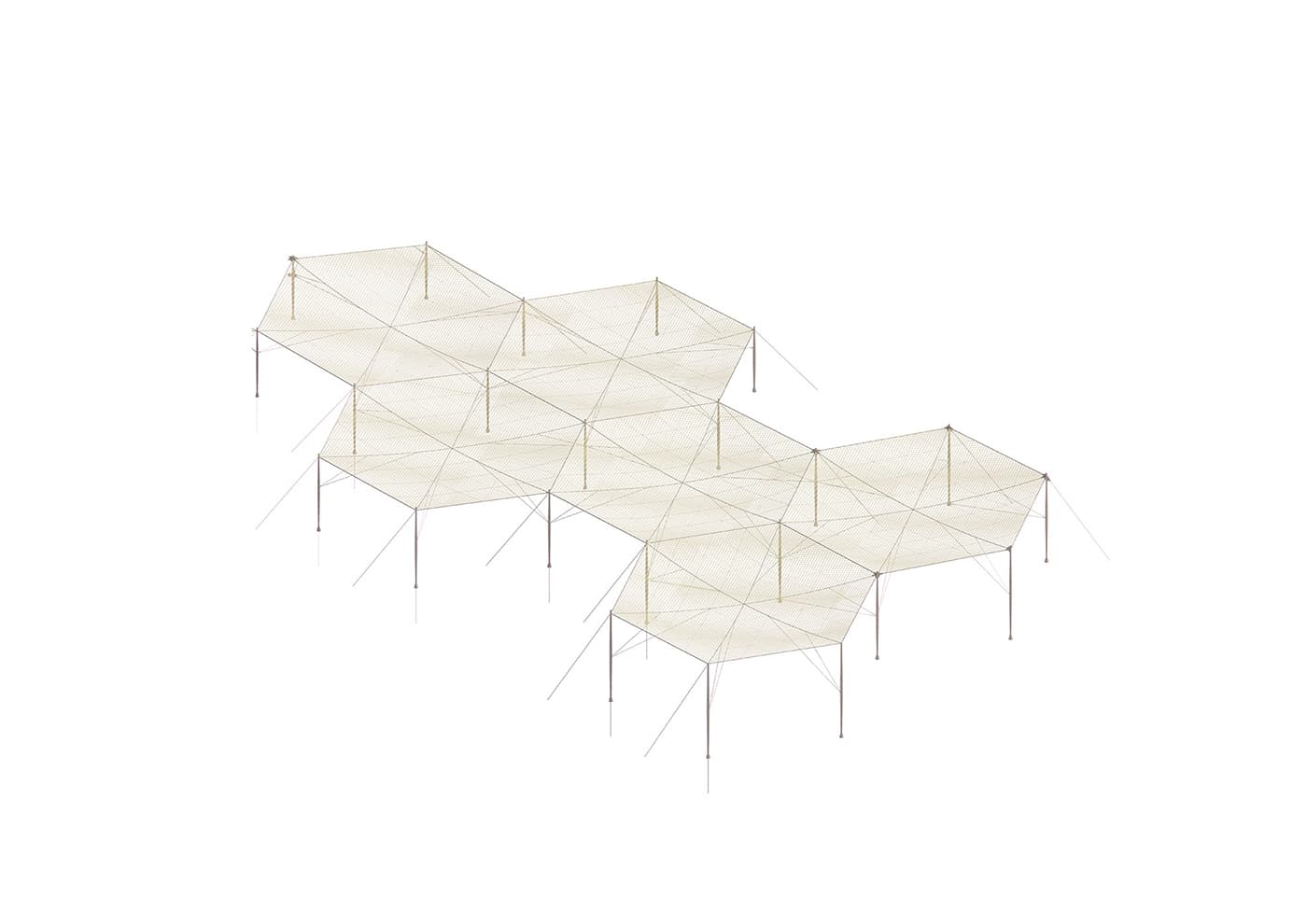
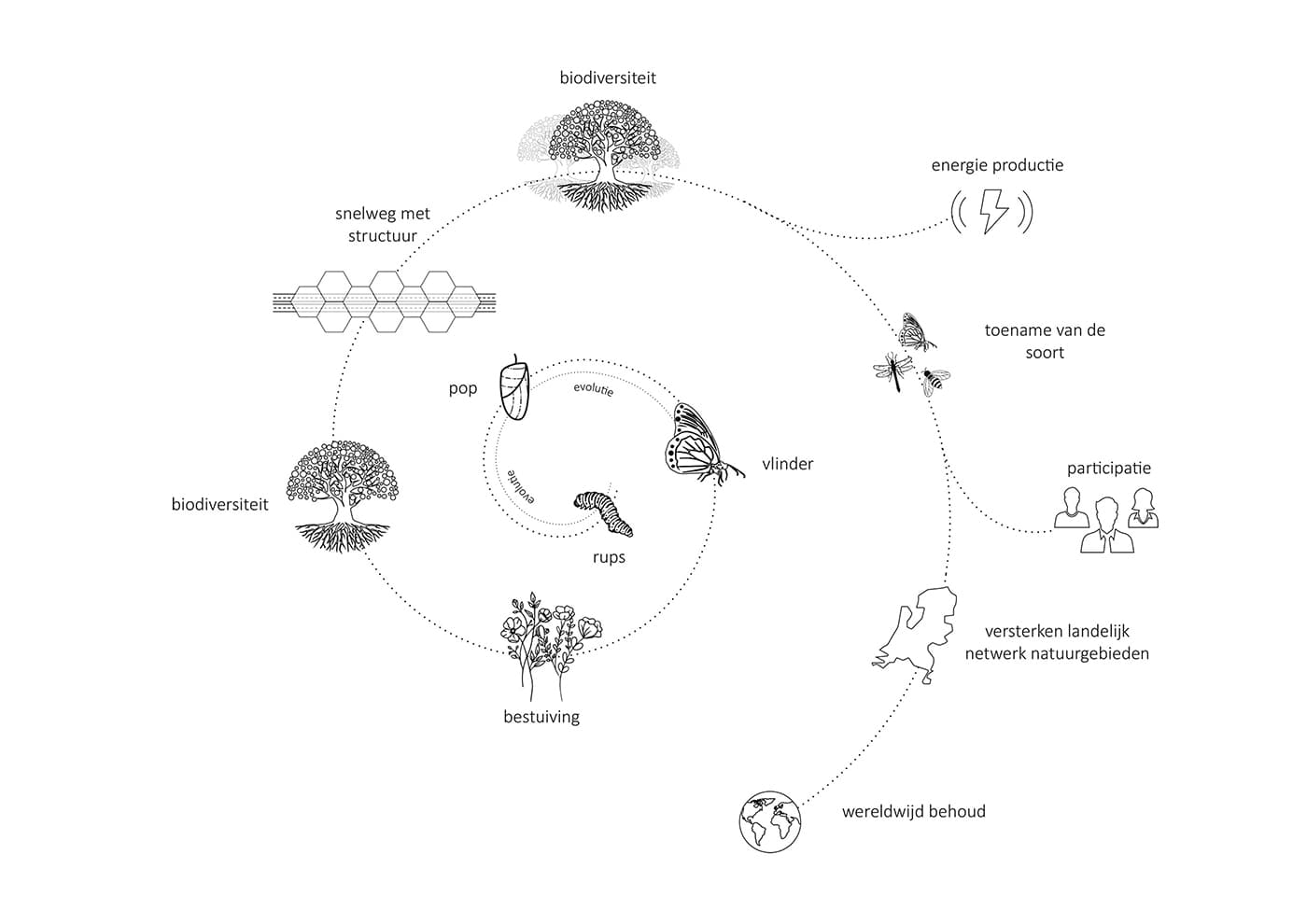
All in all, 'The Butterfly Effect' provides an original and contemporary answer to the central question of the design challenge: “How can we create a soundproof design, where energy generation is linked to the surrounding nature and also appeals to the imagination? The span generates clean energy, the forest strips act as a natural sound barrier, and the entire design appeals to the imagination with the colour variations and shadow dances. Just like the butterfly.
Would you like to know more about the design challenge 'Our Energy, Our Landscape'? Then take a look at the Kunstloc Brabant website.
